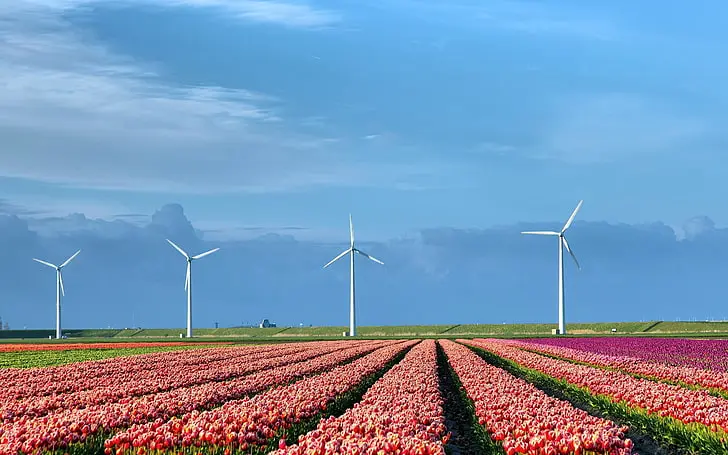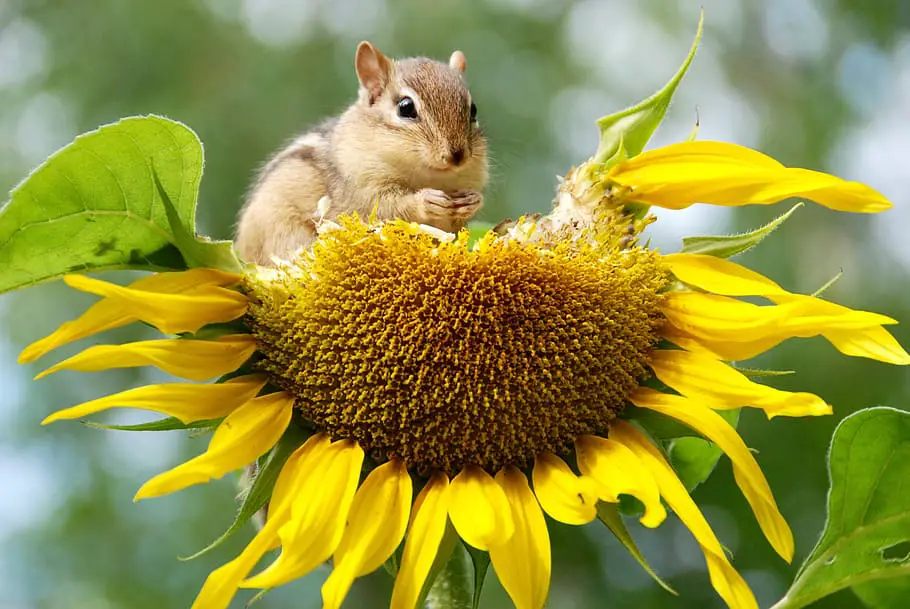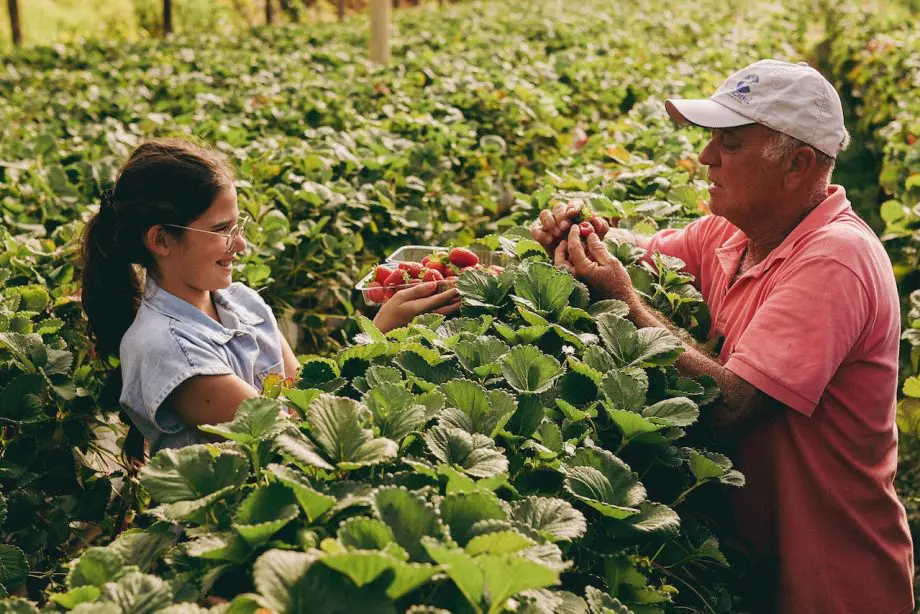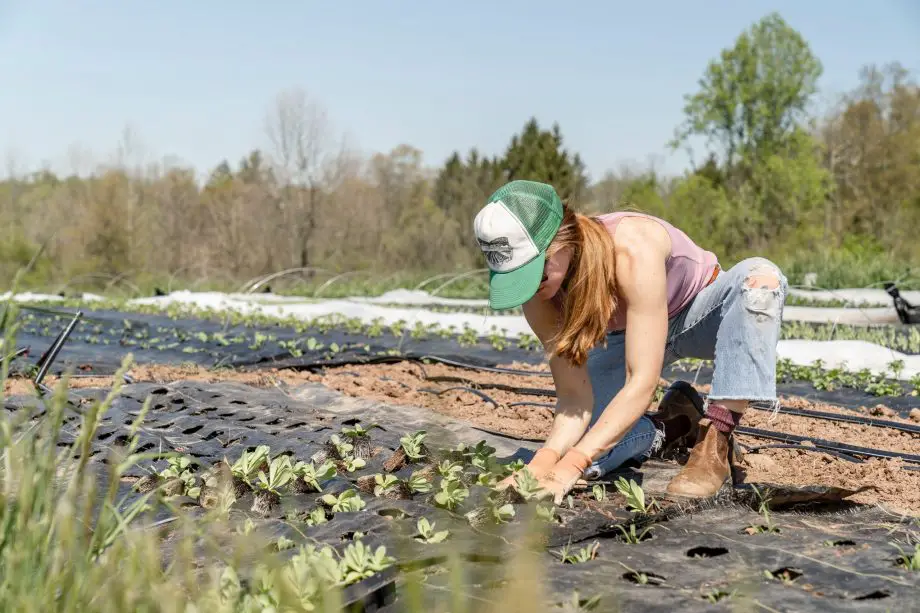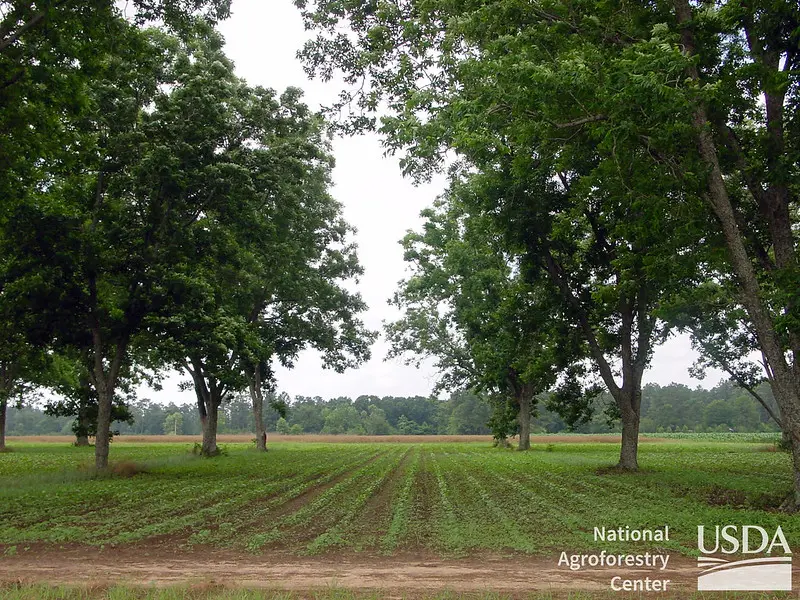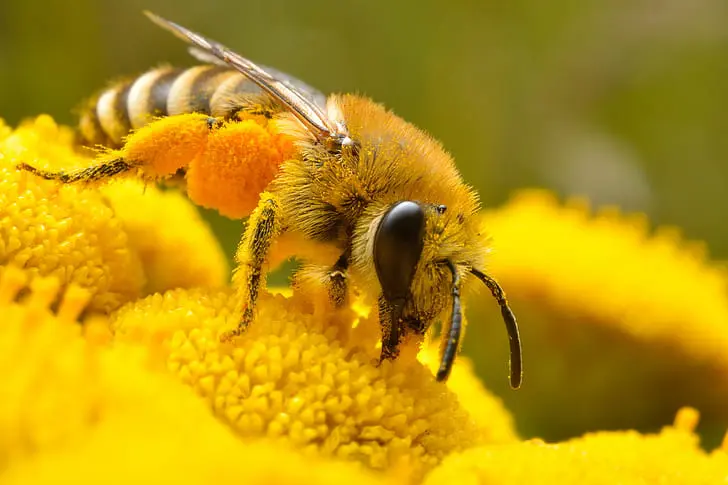
Discover why you should care about the importance of bees in agriculture! From boosting crop yields to maintaining biodiversity, bees are the unsung heroes of our food system.
Ever wonder why your fruit salad tastes so delicious or how your favorite cereals make it to your breakfast table?
Believe it or not, you have bees to thank for a lot of it! The importance of bees in agriculture goes beyond just honey.
They’re the hardworking pollinators that boost our crop yields, add billions to the economy, and help keep our plates full and colorful.
So, let’s dive into the buzzing world of bees and discover why they’re so important to the agricultural scene.
The Importance of Bees in Agriculture
The importance of bees in agriculture is immense, as they are key pollinators for a variety of crops.
They help in the production of fruits, vegetables, and nuts, contributing billions to the economy.
Bees also play a role in maintaining biodiversity and ecological balance, making them essential for sustainable agriculture.
You know, honey bees are more than just the winged artisans of the sweet, golden honey we all love.
They’re actually key players in agriculture, responsible for helping us enjoy a wide range of food crops.
They put in the work that makes our harvests fruitful and our ecosystems thrive. Without them, food security would be threatened
So, let’s give these buzzing unsung heroes the recognition they deserve, and explore how their tireless efforts touch so many aspects of our daily lives. Ready to get the buzz on bees? Let’s dive in!
Imagine sitting down to a meal and finding your plate looking strangely empty. The apple pie is missing its apples, the salad lacks almonds, and you can’t even garnish your dish with a slice of cucumber.
This hypothetical situation isn’t as far-fetched as it sounds if we consider the irreplaceable and important role that bees play in agriculture.
In this blog post, we’ll delve into the remarkable biology of bees, the symbiotic relationship of insect pollination, the economics involved, and the risks that both bees and we face if we don’t act responsibly.
The Biology of Bees: More Than Just Honey
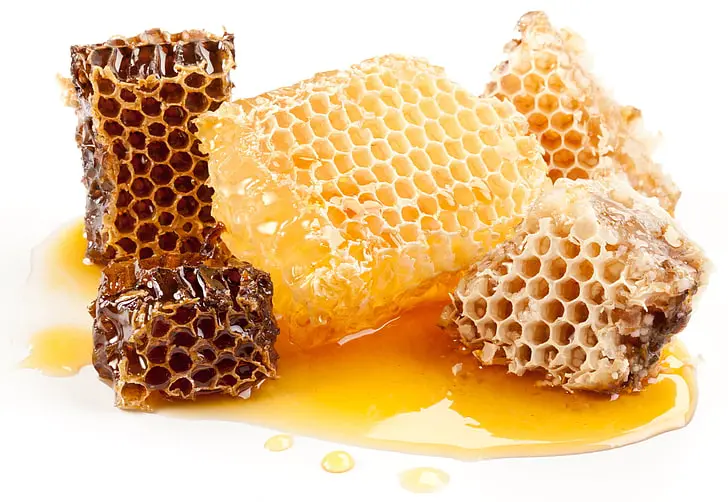
When we think of bees, honey often comes to mind first, but there’s so much more to these fascinating creatures.
From their unique methods of communication to their critical role in ecosystems, bees are biological marvels that impact our world in big ways.
Let’s dive straight into the amazing world of bee biology, and find out what makes them much more than just honey producers. Ready? Let’s go!
Bees come in many varieties, from the honeybees we’re most familiar with, to wild bees, mason bees, and solitary bees that don’t produce honey but are mighty pollinators.
Bumble bees, carpenter bees, native bees, and many other species each contribute to the circle of life in unique ways.
The anatomy of a bee, especially its fuzzy body and specialized pollen baskets on its legs, make it an ideal transporter of pollen between flowers.
The Intricacies of Bee Societies and Challenges They Face
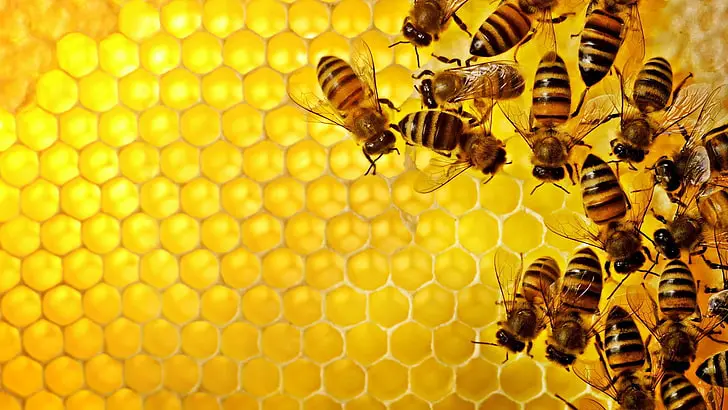
Hey there, welcome back! Today, we’re diving deep into the captivating world of bee societies and the hurdles they have to overcome.
Bees are far from simple creatures and their societies are intricate, and they face challenges that could rival any dramatic saga.
From the roles of queen and worker bees in a hive to the daunting challenges like Varroa mites and colony collapse disorder, there’s a lot to explore.
Did you know that the United States is home to diverse species of bees, from the famed European honey bee to native species like the blue orchard bee and the bumblebee?
Each has its own unique lifestyle, hive architecture, and role in our ecosystems.
Queen Bee
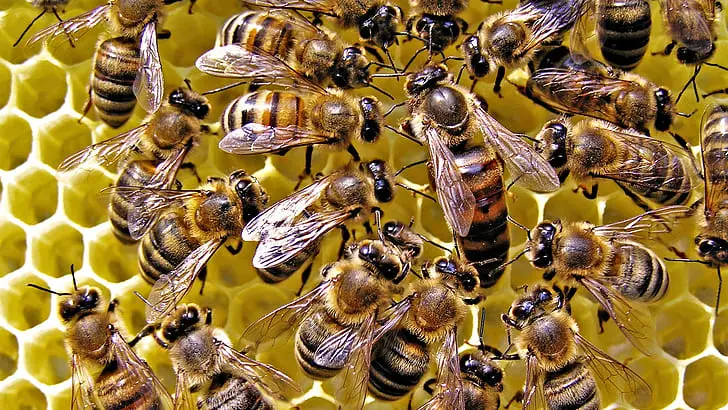
Introduction: At the heart of every hive is the queen bee, the sole egg-laying individual in a honey bee colony.
She’s not just royalty in name; her role is pivotal for the hive’s survival.
Role: The queen bee lays all of the eggs that will hatch into the next generation of worker bees, drones, and potentially a new queen.
Longevity: Unlike worker bees, queen bees can live for several years, laying up to 1,500 eggs per day during peak season.
Worker Bees
Introduction: Worker bees are the backbone of the hive, taking on a variety of roles from nursing to foraging and transfer of pollen between plant species.
Roles: They serve as nurses, cleaners, guards, and foragers throughout their life, which lasts about six weeks.
Specialization: As worker bees age, their roles within the hive change, demonstrating a division of labor that’s quite advanced for the insect world.
Royal Jelly
Introduction: Royal jelly is a nutrient-rich substance that plays a significant role in determining the future queen.
Composition: It’s a creamy white substance produced by young worker bees, rich in proteins and nutrients.
Purpose: All bee larvae are fed royal jelly at first, but only potential queens continue to eat it, enabling them to develop into fertile queens.
Honey Bee Colonies
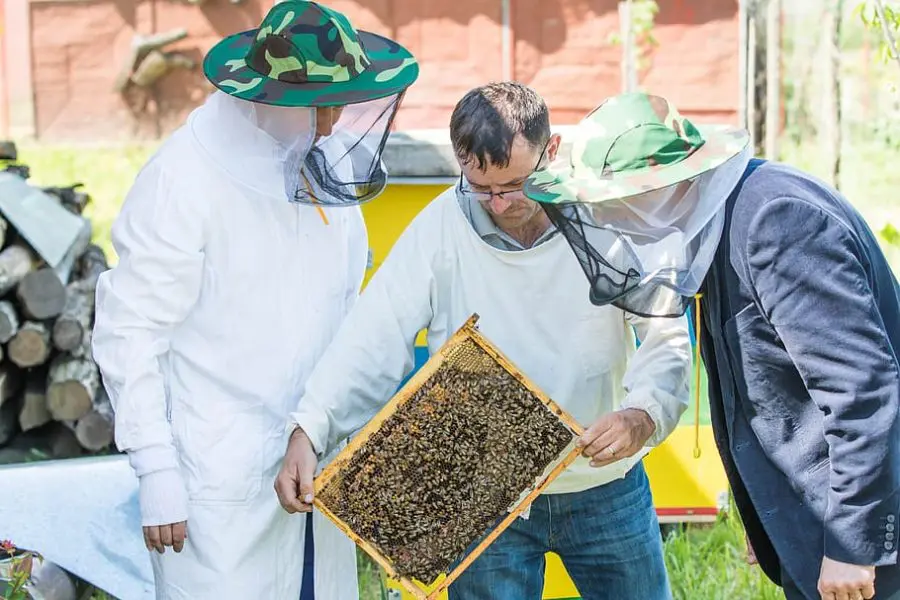
Introduction: Honey bee colonies are complex social structures that include a single queen, hundreds of drones, and thousands to tens of thousands of worker bees.
Structure: The colony operates as a unified entity, working together to gather food, reproduce, and defend their hive.
Varieties: There are several types of honey bee colonies, but they all share the common goal of survival and reproduction.
Western Honey Bee
Introduction: The Western honey bee is one of the most common species and is found predominantly in Europe and the Americas.
Significance: They are particularly important for commercial pollination services and honey production.
Characteristics: These bees are known for their versatility, being able to adapt to various environments and conditions.
Varroa Mites
Introduction: Varroa mites are tiny parasites that pose a huge risk to honey bee colonies.
Impact: These mites weaken bees and spread viruses, often leading to a decline in colony health.
Management: Treatment methods include chemical and non-chemical options, though managing Varroa mites remains a significant challenge for beekeepers.
Colony Collapse Disorder
Introduction: Colony Collapse Disorder (CCD) is a phenomenon occurring in recent years where the majority of worker bees in a colony disappear, leaving the queen and a few nurse bees behind.
Causes: The exact cause is still not completely understood, but it’s believed to be a combination of stressors like pesticide use, poor nutrition, and disease.
Impact: CCD has severe implications for agriculture and ecosystems due to the loss of major pollinators.
By understanding the roles, challenges, and threats that bees face, we can better appreciate their complexity and the urgency to protect them.
Whether it’s the unique social structure or the looming dangers like Varroa mites and CCD, there’s more to bees than meets the eye.
Pollination: The Symbiotic Relationship
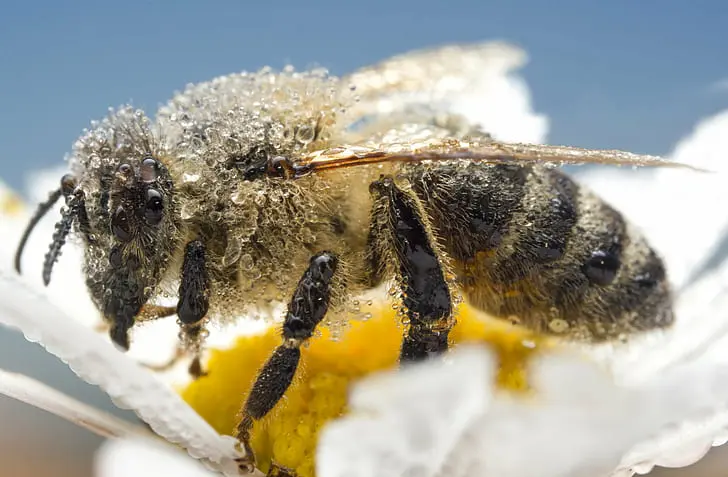
Have you ever wondered how flowers turn into fruits? Or how do your garden plants manage to produce those beautiful blooms year after year?
The answer, my friend, is pollination. But it’s not a one-sided affair; it’s actually a symbiotic relationship where both plants and pollinators, like bees, benefit.
Intrigued? Let’s dive into the fascinating world of pollination and explore this give-and-take relationship that keeps our world colorful and our diets diverse.
What is Pollination?
Pollination is like a love story between plants, where pollen from a male flower needs to reach a female flower for seeds and fruit to develop.
Without it, food production of many of the crops that make up a significant portion of our diet would not exist.
Bees as Pollinators
Bees are often considered the MVPs in the pollination game. Crops like almonds, berries, and many fruits are incredibly dependent on bee pollination.
When a bee lands on a flower to collect nectar, which they use for food, they inadvertently pick up pollen.
As they move from flower to flower, they distribute this pollen, facilitating the reproductive cycle of the plant.
How Bees Benefit from Pollination
It’s not a one-way street, of course. Bees also benefit from pollination by gathering pollen and nectar to feed their colonies.
In the case of honeybees, they transform the nectar into honey, which serves as a food reserve for the hive.
The Economic Impact: Dollars and Cents
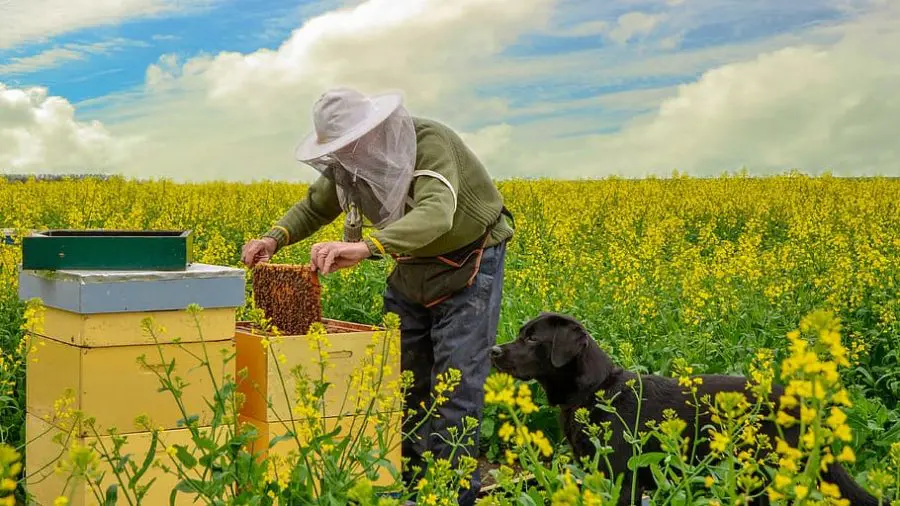
Welcome to the world of bees, where the buzz isn’t just about honey, it’s also about money!
That’s right, bees have a major impact on the economy, and it’s measured in billions, and that’s not just beeswax.
From the foods you eat to the clothes you wear, bees play a role in making it all possible.
So, are you ready to dive into the nitty-gritty of how these hardworking pollinators actually add dollars and cents to our lives?
Agriculture and National Economies
Agriculture isn’t just about the food on our tables, it’s also a vital cog in the machinery of national economies.
In some countries, agriculture accounts for up to 25% of the GDP.
Economic Value of Bee Pollination
Bees add tremendous economic value through their pollination services.
In the U.S. alone, it’s estimated that bees contribute more than $15 billion annually to the economy through their pollination of various crops.
When European honey bee populations decline, the ripple effect can be felt in higher food prices and decreased availability of certain produce.
Beekeeping (or apiculture) is the maintenance of bee colonies, commonly in man-made beehives. Honey bees in the genus Apis are the most commonly kept species but other honey producing bees such as Melipona stingless bees are also kept. Beekeepers (or apiarists) keep bees to collect honey and other products of the hive: beeswax, propolis, bee pollen, and royal jelly. Pollination of crops, raising queens, and production of package bees for sale are other sources of beekeeping income. Bee hives are kept in an apiary or “bee yard”. https://en.wikipedia.org/wiki/Beekeeping
The Biodiversity Factor
Today we’re delving into the biodiversity factor and how bees contribute to it. But wait, there’s more!
We’re also going to discuss some solutions and sustainable practices that can help both these little pollinators and our environment.
If you’ve ever wondered how the presence of a single species like bees can make our world more diverse and balanced, you’re in the right place.
And if you’re looking for ways to make a positive impact, stick around. Let’s jump in!
Bees and Plant Diversity
A variety of plants means a healthier ecosystem, and bees play a vital role in maintaining this diversity.
When bees pollinate, they help plants produce fruit and seeds, contributing to the plant’s ability to propagate.
Bees and Ecological Balance
The plants that bees help to flourish serve as the foundation of more complex ecosystems.
They provide food and shelter for various species, essentially contributing to a balanced environment.
Threats Facing Bees
Pesticides and Chemicals
Unfortunately, our farming practices aren’t always bee-friendly. Certain pesticides are especially harmful to bees, causing disorientation or even immediate death.
Habitat Loss
As we build more cities and convert land for agriculture, we often end up destroying the natural habitats that bees call home.
This loss of habitat can lead to decreases in bee population, and by extension, a reduction in pollination.
Climate Change
Changes in climate can cause shifts in flowering seasons, making it more challenging for bees to find the food they rely on.
This is another pressure point in the life of bees that we can’t afford to ignore.
Solutions and Sustainable Practices
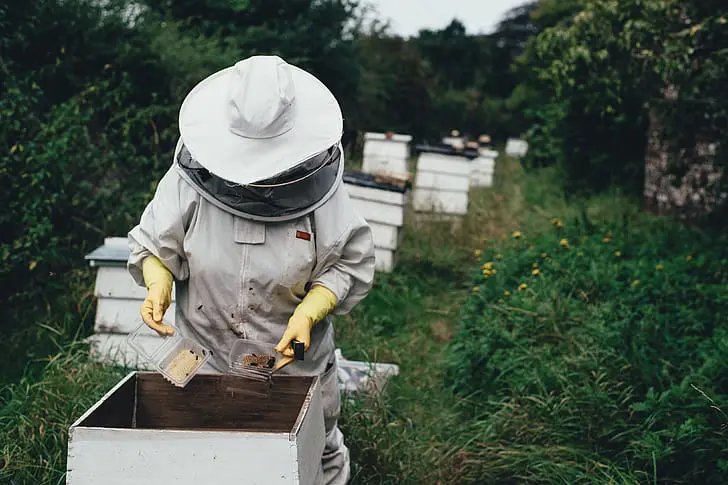
So we’ve talked about the problems and challenges facing our buzzy friends, but what about solutions? How can we roll up our sleeves and make a difference?
That’s exactly what we’re diving into today. Solutions and sustainable practices that can help bees and, in turn, our entire ecosystem.
From the choices we make in our gardens to broader community initiatives, there are plenty of ways to be part of the solution.
So if you’re looking to turn concern into action, you’re in the right spot.
Organic Farming
One alternative is organic farming, which tends to be kinder to bee populations.
These methods often avoid the harmful pesticides that are detrimental to bees and offer a more hospitable environment for these insects.
Legislation and Policy Changes
Policies that restrict the use of certain pesticides or encourage land preservation can have a positive impact on bee populations.
Several countries have already begun this shift.
Community and Individual Actions
Believe it or not, even planting a small, bee-friendly garden can make a difference.
Advocating for policy changes on a local level is another way the average person can help.
Case Studies
Are you the type of person who likes to see real-world examples? Me too! Today, we’re diving into some fascinating case studies that showcase just how big of an impact bees have on our world.
We’re talking about real stories, real projects, and real outcomes. So if you’ve ever wondered, “Do bees really make that much of a difference?” you’re about to get some compelling answers.
Bee-Friendly Environments in the Netherlands
In the Netherlands, a concerted effort to create bee-friendly environments has proven highly successful.
The initiative focused on enriching road verges with a variety of flowers, turning these otherwise ignored spaces into bee havens.
Results
The numbers are encouraging: this simple yet effective approach led to a 45% increase in bee populations.
Why It Worked
By providing a diverse range of pollen and nectar sources right where bees can easily access them, the project tapped into a win-win situation for both the environment and the bees.
Lessons Learned
The takeaway here is that even small-scale community efforts can have a significant positive impact on bee populations, and subsequently, the local ecosystem.
Subtopic 2: Organic Pesticides and Farming in California
In California, a farming community decided to make a significant change in their agricultural practices by switching to organic pesticides.
Results
The switch not only led to an uptick in bee populations but also had an unexpected benefit: a rise in crop yields.
Why It Worked
Organic pesticides were less harmful to bees, allowing them to pollinate more efficiently. This, in turn, led to better crops.
Lessons Learned
This case study shows that adopting bee-friendly practices doesn’t mean sacrificing productivity—in fact, it can improve it. Sustainable farming practices not only benefit the bees but can also be a boon for farmers.
By diving into these case studies, we can see that small changes in how we interact with our environment can have big outcomes, both for these invaluable pollinators and for us.
It gives us both the knowledge and the inspiration to take steps in our own communities.
FAQs
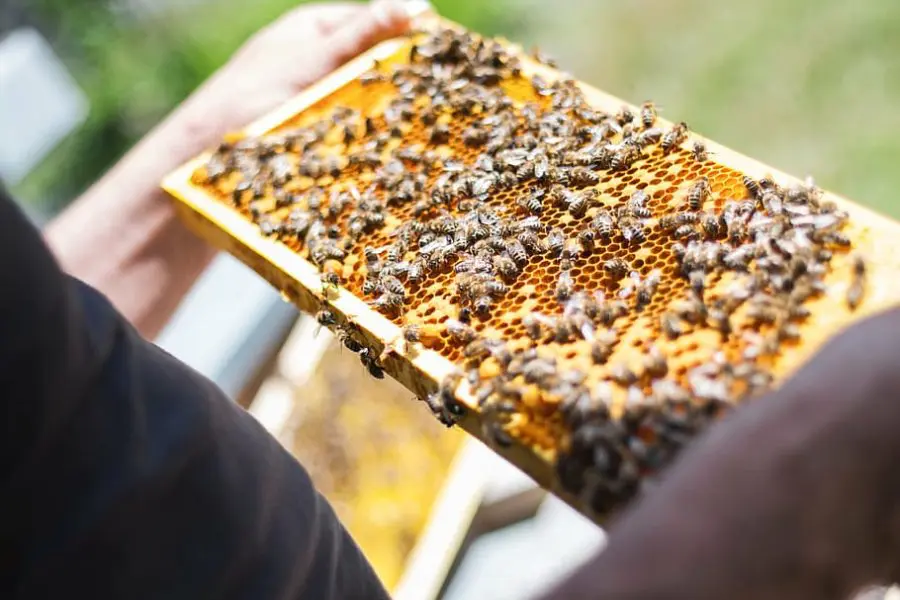
Hey there, you’ve got questions, and we’ve got answers! Welcome to our FAQs section, where we tackle some of the most common questions that come our way.
Whether you’re puzzled about a specific topic or just looking for some quick insights, you’ve come to the right place.
So, grab a cup of coffee, and let’s get to answering those burning questions you have!
Q: What are 5 reasons why bees are important?
A: Bees are crucial for a range of reasons including:
Pollination: They help many plants reproduce, which is essential for fruits, vegetables, and nuts.
Economic Impact: Bees contribute billions to the economy by aiding in crop production.
Biodiversity: They help maintain diverse plant ecosystems, contributing to environmental balance.
Food Chain: Bees not only produce honey but help plants make fruits and seeds, feeding other animals.
Natural Balance: By aiding flowering plants in reproduction, bees lay the groundwork for more complex ecosystems.
Q: Why do farmers rely on bees?
A: Farmers count on bees primarily for pollination.
Many crops like almonds, berries, and various fruits require bee pollination for effective growth.
The result is better crop yields and, consequently, higher income for farmers.
Q: Will the government pay you to keep bees?
A: In some instances, yes. Various countries offer grants and subsidies to encourage beekeeping to enhance bee populations.
These are aimed at fostering sustainable agriculture and ecological well-being.
For specific details, it’s best to consult local and national agricultural policies.
Q: What would happen if bees became extinct?
A: The extinction of bees would have severe consequences. Crop yields would drop significantly, affecting food availability and prices.
Reduced pollination of agricultural crops would lead to less plant biodiversity, upsetting the ecological balance.
The economic and environmental impacts would be widespread, affecting everything from agriculture to animal life.
Conclusion

The bees buzzing around your garden do much more than provide a sweet melody; they are key players in agriculture, economics, and the balance of nature.
As we come to understand the value of these hardworking insects, it becomes increasingly urgent for us to adopt sustainable practices to protect them.
Whether you’re a farmer, policymaker, or just someone who enjoys a good apple, remember that each of us can play a role in safeguarding these essential creatures.
So there you have it a deep dive into the indispensable world of bees in agriculture.
The next time you enjoy a fruit salad or munch on some almonds, give a thought to these tiny giants of the agricultural world. After all, they’re the reason you’re able to savor such a feast.

